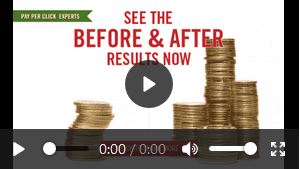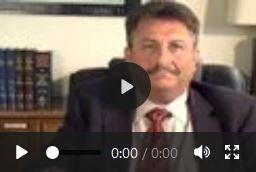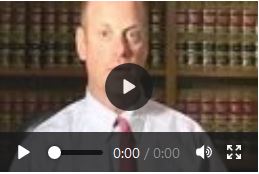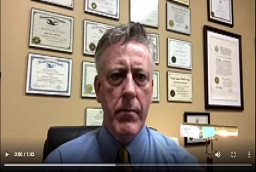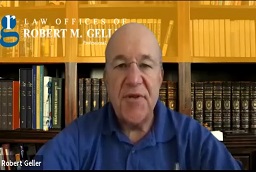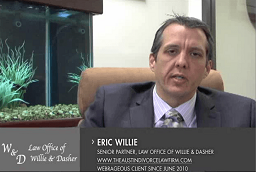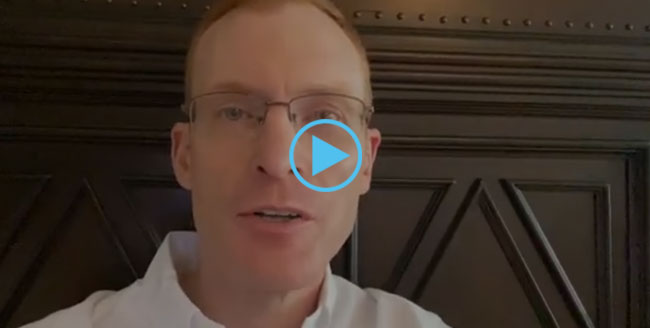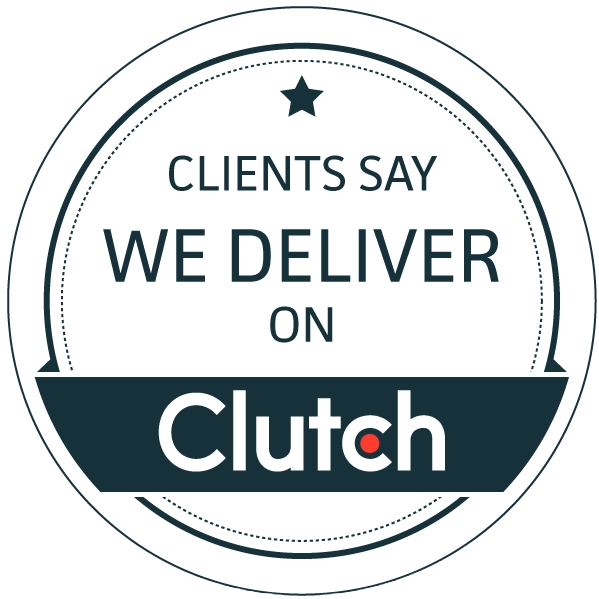The best pay per click management services for law firms look at a wide variety of metrics to track the potential and success of their ads. One of the most important metrics is the bounce rate, which determines the quality of a webpage based on how visitors interact with it.

(janeb13 / pixabay)
“Bounces” refers to visitors who click your ad, arrive on your landing page, and hit the back button without taking any action. This means they did not click on CTA links or navigate to other pages on your site—they just saw one page and exited.
Measuring bounce rates can help law firms discover ways to increase their conversions and reduce unnecessary ad spending.
Table of Contents
Interpreting Bounce Rates
Bounce rates are denoted in percentage and could either be high (bad) or low (good). A high bounce rate indicates that your landing page experience isn’t meeting your visitors’ expectations.
As of 2020, the average bounce rate for Google Ads is around 43.5% on a desktop device. Indeed, anything between 40-60% is a fairly standard bounce rate. You’re also likely to have a higher bounce rate (60-70%) for common or ambiguous keywords, such as “personal injury.”
Most analysts agree a bounce rate of about 70-80% usually indicates something in your PPC campaign is going wrong. However, it’s important to remember the bounce rate doesn’t exist in a vacuum. If you’re only looking at bounce rate, you may be missing the full story of how your visitors are using your website.
Troubleshooting High Bounce Rate
Whether your bounce rate is problematic or not will depend on a number of factors, such as whether your ads are directing people to a landing page with an in-built conversion mechanism. If visitors only need to visit one page to book a consultation with a lawyer in your team, a high bounce rate isn’t a bad thing.
Before you decide a high bounce rate is a result of a poorly chosen keyword structure or a problem with the design of your ad, it’s important to look at other factors that could impact your bounce rate. These include:
- Campaign types: Paid search campaigns usually have lower bounce rates than display ad traffic. This is because your campaigns appeal to users actively looking for what you’re selling or promoting, provided you’ve used your bidding strategy correctly.
- Device usage: The devices being used can also influence bounce rates for PPC campaigns. Mobile bounce rates are typically higher than desktop bounce rates because mobile users often look for bite-sized chunks of information.
- Click fraud: A high bounce rate may be an indication you’re a victim of ad fraud or click fraud. This happens when an ad is clicked with a bot created to drive the price of your ads up. A spike in bounce rate for paid clicks could indicate fraudulent behavior.
Other Reasons for a High PPC Bounce Rate
If you’ve considered the factors above and your bounce rate is still higher than expected, the reason could be one of the following:

Need Google Ads Management Help?
Free Google Ads account review for
qualified clients
Almost 20 years experience
1. A Deceptive Post-Click Landing Page
There’s a chance your visitors may leave your website or landing page quickly because they feel deceived. This often happens when the copy of your ad promises something your landing page doesn’t deliver. Ensuring you achieve the right “message match” between your landing page and PPC ad is crucial to improving conversions.
Make sure the content of your PPC ad tells customers exactly what to expect on your landing page. For instance, an ad for a landing page for a free consultation should have a headline like “Book your free consultation with a legal expert.”
2. Poor User Experience
Poor user experience on your landing page or website will often drive people to hit the back button. If your website is difficult to navigate, or your customer can’t understand what message you’re trying to send with a landing page, they won’t convert.
Some additional causes of poor CX are:
- Lengthy forms. Most customers want to avoid giving too much information immediately. As such, they’re likely to bounce off landing pages featuring lengthy forms with multiple fields.
- Slow-loading pages. One of the biggest contributors to high bounce rates is page load time. If your pages load too slowly, users won’t wait around.
- A hidden CTA. If customers can’t find your call to action button, they won’t know what to do next. This means they’ll hit the back button, rather than engaging with your brand.
Make sure your post-click landing page for any PPC ad is designed with user experience in mind. The content must be skimmable, the site must load quickly, and your page must look professional.
3. Poor Keyword Choice
Poor keyword choices could mean the wrong people are landing on your pages. As mentioned above, ambiguous keywords often have a higher bounce rate, because they can apply to a range of searches. Being specific with your choice of keywords for each PPC campaign improves your chances of reaching the right audience.
Similarly, poor placement can also be problematic for your bounce rate. If your ads are placed on the wrong sites within the Google ad network, they could be reaching customers who will never convert. For instance, a law firm in NY doesn’t want their ads to appear to customers in the UK.
Carrying out referrer reviews to see where your website traffic is coming from is a great way to reduce possible bounce rates. As is carefully refining your keyword choices.
Regularly Audit your PPC Campaigns
Carrying out regular reviews and audits of your ad campaigns can help law firms get to the bottom of issues with high bounce rates. However, it’s worth remembering a high bounce rate isn’t always the sign of a catastrophe with your PPC campaign on its own. Understanding the context behind the bounce rate will help you to determine whether you need to make changes to your campaigns.
Need help with measuring or interpreting your bounce rate? Contact a PPC specialist at Webrageous. We specialize in PPC management for attorneys and can help you figure out how to refine your campaign so you can not only attract people to your website but convert them into customers as well.








